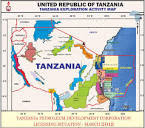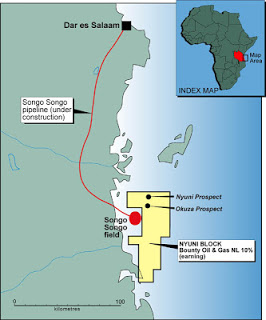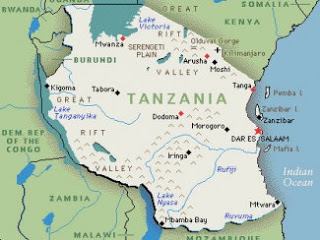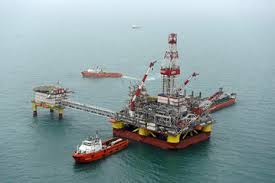Ministry Of Energy To Set Up Special Local Content on Oil and Gas Sector
The Ministry of Energy and Minerals plans to set up a special local content on gas and oil unit to enable the public easily access information on various issues concerning the sector.
Senior Supplies Officer (Local Content) at the Ministry of Energy and Minerals, Ms Neema Lungangira made the revelation in Dar es Salaam during a seminar organised by Twaweza Organisation to present and discuss the report titled ‘Great Expectations On Gas Sector And Relevant Policies’.
“Government through the ministry is setting up various strategies to enable the citizens fully participate in the oil and gas sector and one of the strategies is the establishment of the special local content unit,” she said.
Among the issues to be tackled under the unit will include public awareness creation, providing knowledge of public participation in the sector.
The unit will be established under the local content policy and will focus on the providing information from the key document on the sector.
According to the report presented by Twaweza at the seminar, citizens do not have access to full information about Tanzania’s gas sector.
Presenting the report, Executive Director of Twaweza, Mr Aidan Eyakuze said that 53 per cent of citizens think that gas from the new offshore discoveries is already flowing with some thinking that both government and foreign companies are already earning revenues from the gas.
The report based on data from ‘Sauti za Wananchi’ Africa’s first nationally representative high frequency mobile survey also indicate that citizens expect four million jobs and 7.5m/- each from gas deposits.
The report which shows that citizens are significantly misinformed about the potential of the country’s deposits, show that 59 per cent of citizens think that natural gas deposits will improve their lives and a similar (58 per cent) expect government to invest gas revenue into public services.








